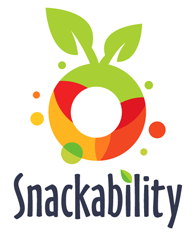Snack intake, diet quality and weight
Snacking is an important part of the diet, contributing in calories and key nutrients to Americans1,2. Caloric intake from snacks has increased since 1977 in the US3. Most Americans consume snacks on a daily basis (94%)4, which is higher among college students (98.2%) and very frequent (4 times per day)5.
However, most snacks are not healthy3, contributing to the poor diet quality in youth6,7 and to obesity8–10. On the other hand, healthy snacks can be contributors of key nutrients (i.e. magnesium, calcium, and vitamin D)11 that are precisely deficient in the youths’ diet12. In addition, consumption of healthy snack improves health outcomes in overweight adolescents13. Therefore, interventions targeting snaking could improve intake of these key nutrients, and consequently, improve these health outcomes among youths.
The availability and the purchase of snack foods
Snack are found in various settings, mainly retail stores and vending machines in schools, universities and surrounding areas. Among 73 Florida public middle schools (4,322 students), 99% of students purchased snacks from vending machines, which were mainly candy bars, chips/pretzels/crackers, cookies/cakes, and ice cream14. Among college students, most choose less healthy snack options from vending machines (59%)15.
USDA guideline on healthy snacks The USDA guideline for healthy snacks16. States that healthy snack must meet 2 principles; (1) the 1st ingredient must be a whole grain, fruit, vegetable, dairy, protein; and (2) the food must meet the nutrient standards for calories (≤200 calories), total fats (≤35% of calories), saturated fat (<10% of calories), trans fat (0 g), sodium (≤200 mg), and sugar (≤35% by weight). However, this guideline needs to be translated in an easy way for individuals to use when choosing a snack. This could be done with a mobile app, which is appealing to youth, as most own a smart phone17 and use healthy apps18,19. Youth, higher income and education, and obese are more likelihood to use health apps19. Research shows that the use of diet and nutrition apps can lead to behavioral changes, such as eating healthier and weight loss20–22.

